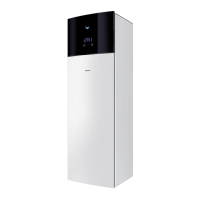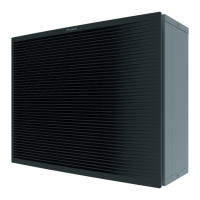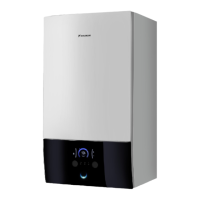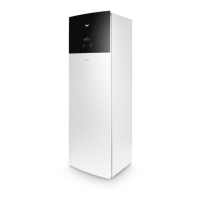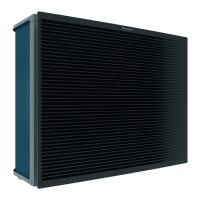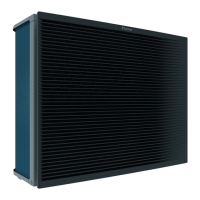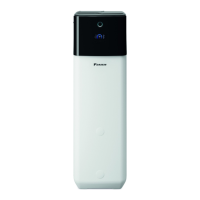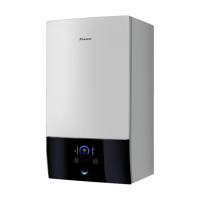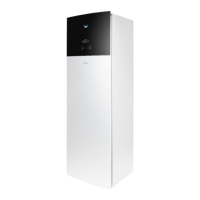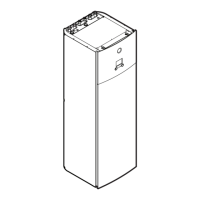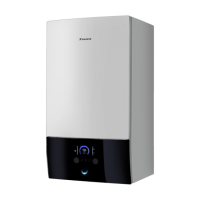5 | Energy saving tips
User reference guide
56
ETVZ16S18+23DA6V+9W
Daikin Altherma 3 H HT F
4P586461-1 – 2019.07
5 Energy saving tips
Tips about room temperature
▪ Make sure the desired room temperature is NEVER too high (in heating mode) or
too low (in cooling mode), but ALWAYS according to your actual needs. Each
saved degree can save up to 6% of heating/cooling costs.
▪ Do NOT increase the desired room temperature to speed up space heating. The
space will NOT heat up faster.
▪ When your system layout contains slow heat emitters (example: under floor
heating), avoid large fluctuation of the desired room temperature and do NOT let
the room temperature drop too low. It will take more time and energy to heat up
the room again.
▪ Use a weekly schedule for your normal space heating or cooling needs. If
necessary, you can easily deviate from the schedule:
- For shorter periods: You can overrule the scheduled room temperature until
the next scheduled action. Example: When you have a party, or when you are
leaving for a couple of hours.
- For longer periods: You can use the holiday mode.
Tips about leaving water temperature
▪ In heating mode, a lower desired leaving water temperature results in lower
energy consumption and better performance. In cooling, the opposite is valid.
▪ Set the desired leaving water temperature in accordance with the heat emitter
type. Example: Underfloor heating is designed for lower leaving water
temperature than radiators and heatpump convectors.
Tips about DHWtank temperature
▪ Use a weekly schedule for your normal domestic hot water needs (only in
scheduled mode).
- Program to heat up the DHW tank to a preset value (Comfort = higher
DHWtank temperature) during the night, because then space heating demand
is lower.
- If heating up the DHW tank once at night is not sufficient, program to
additionally heat up the DHWtank to a preset value (Eco = lower DHW tank
temperature) during the day.
▪ Make sure the desired DHWtank temperature is NOT too high. Example: After
installation, lower the DHWtank temperature daily by 1°C and check if you still
have enough hot water.
▪ Program to turn ON the domestic hot water pump only during periods of the day
when instant hot water is necessary. Example: In the morning and evening.
